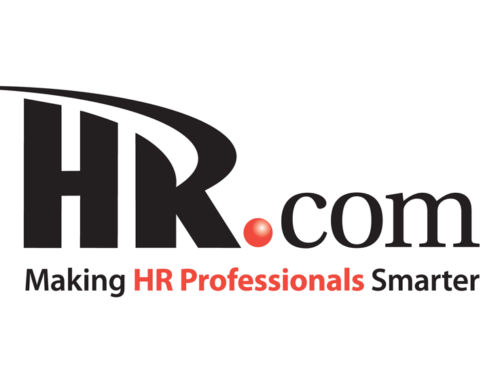In 2016, we will continue to see the fast paced evolution of existing HR technologies as more and more organizations incorporate these into their daily work practice. Here are just a few of the trends we can expect to see in 2016.
- Talent Management Analytics
HCM systems have become a mainstay of organizations wanting to extract value from talent data. In addition to providing a more cost effective means of collecting data, Talent Management Analytics can identify patterns and correlations between important events in a company’s history, such as the relationship between high employee turnover and the lowering of compensation or benefits packages. These programs allow managers to spend more time analyzing and gathering evidence to make strategic business decisions.
- Retention Software
2015 saw a rise in the number of HR software companies introducing SaaS-based software solutions intended to increase employee retention, improve engagement, and reduce employee turnover. These programs aim to get managers focused on what it takes to retain an employee within the company by opening communication channels through automated regular meetings. Additional modules enable managers to track employee goals and detail how they are working together to achieve these goals. These software solutions proactively encourage an open discussion between the manager and employee. Many of these programs also include retention analytic software so organizations can assess the success of their employee retention initiatives.
- Big Data Analytics
In 2016 we will continue to see a variety of Big Data Analytic tools on the market, as companies increasingly rely on insights gleaned from predictive algorithms to make data driven decisions. We will also see more areas in which data analytics is applied to, from recruitment to employee retention, to reviewing compensation strategies.
- Mobile Optimization
The use of mobile apps continues in HR, allowing real time access by employees to areas such as personal data records, leave requests, and much more. It can also be applied to the recruitment processes, allowing potential candidates to submit resumes, as well as schedule and respond to interview appointments. Increasing the ease and availability employee self-service will continue to reduce the administrative burdens on HR staff.
- Integrated Human Capital Management
With the introduction of the Affordable Care Act, organizations have an increased responsibility for reporting and tracking. As the data required for reporting is often held on multiple systems, integrated HRIS through one vendor means all data can be held on one system. Not only does this streamline and simplify the reporting process, but it can also reduce the potential for errors associated with duplicating information across multiple systems.
- SaaS
With the large increase in vendors offering HR Software, HR managers will also find an increase in those offering Software-as-a-Service. SaaS supports administrative tasks associated with recruiting, training, payroll, and analytics. HR will enjoy a greater variety of SaaS solutions in 2016 which can be targeted to the organization’s specific needs.
- Employee Wellness
We will see some exciting new software programs in the future which will be focused on reducing employee stress and promoting employee wellness. These Software Solutions help to engage employees in health and wellness strategies, offer fitness tracking capabilities, and encourage annual checkups. The increased use in mobile app technology will go well to support this trend.
- Training and Corporate learning
With the advent of online programs and e-learning, an increased number of small to mid-sized organizations will be able to offer training programs. Online training platforms allow all employees to easily access their curriculum, reducing the time taken for travel, and allowing employees to train around work commitments. We will also see an improvement in the method of delivery with new platforms utilizing video based training and collaboration between multiple users.
- Performance Management Software
2015 saw a movement away from annual performance reviews. Instead we now see a trend of continuous feedback and communication between manager and employee. This has been made possible by the use of Performance Management software, which includes features such as goal management, 360 degree feedback, succession planning, and career and development planning.
- New Tech Strategies
With the increase in the amount of software solutions now available, including the new areas in which technologies are being applied, 2016 may be the time in which we see a large amount of organizations revisiting their HR Technology strategy. The trends we have identified so far can provide a useful starting point for organizations new to this area and wanting to stay ahead of competitors.
